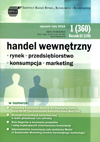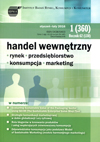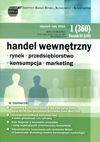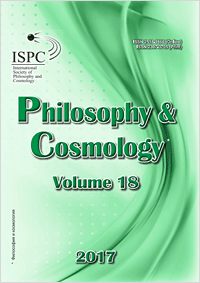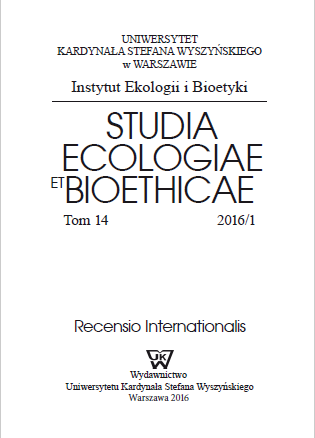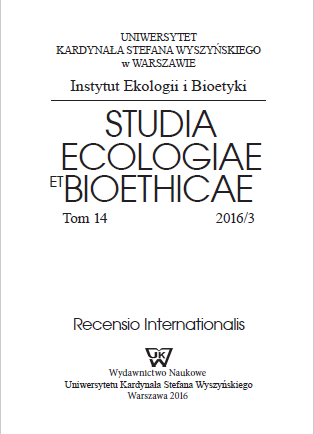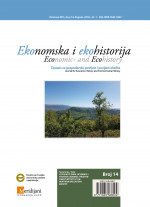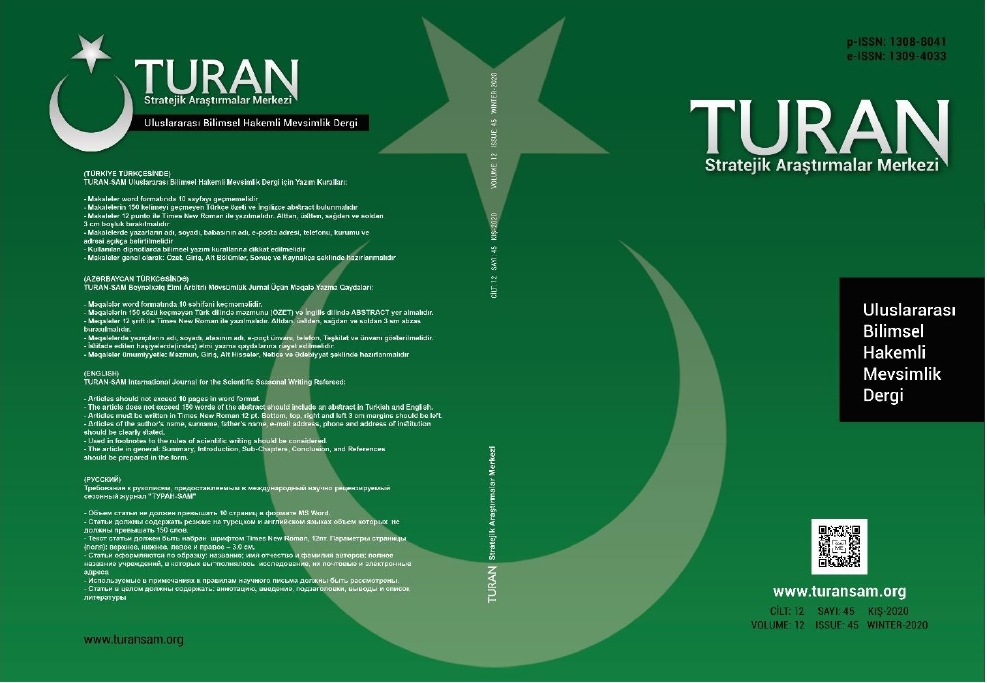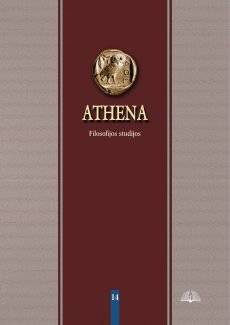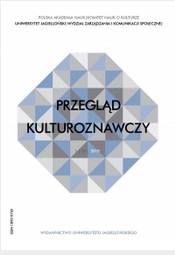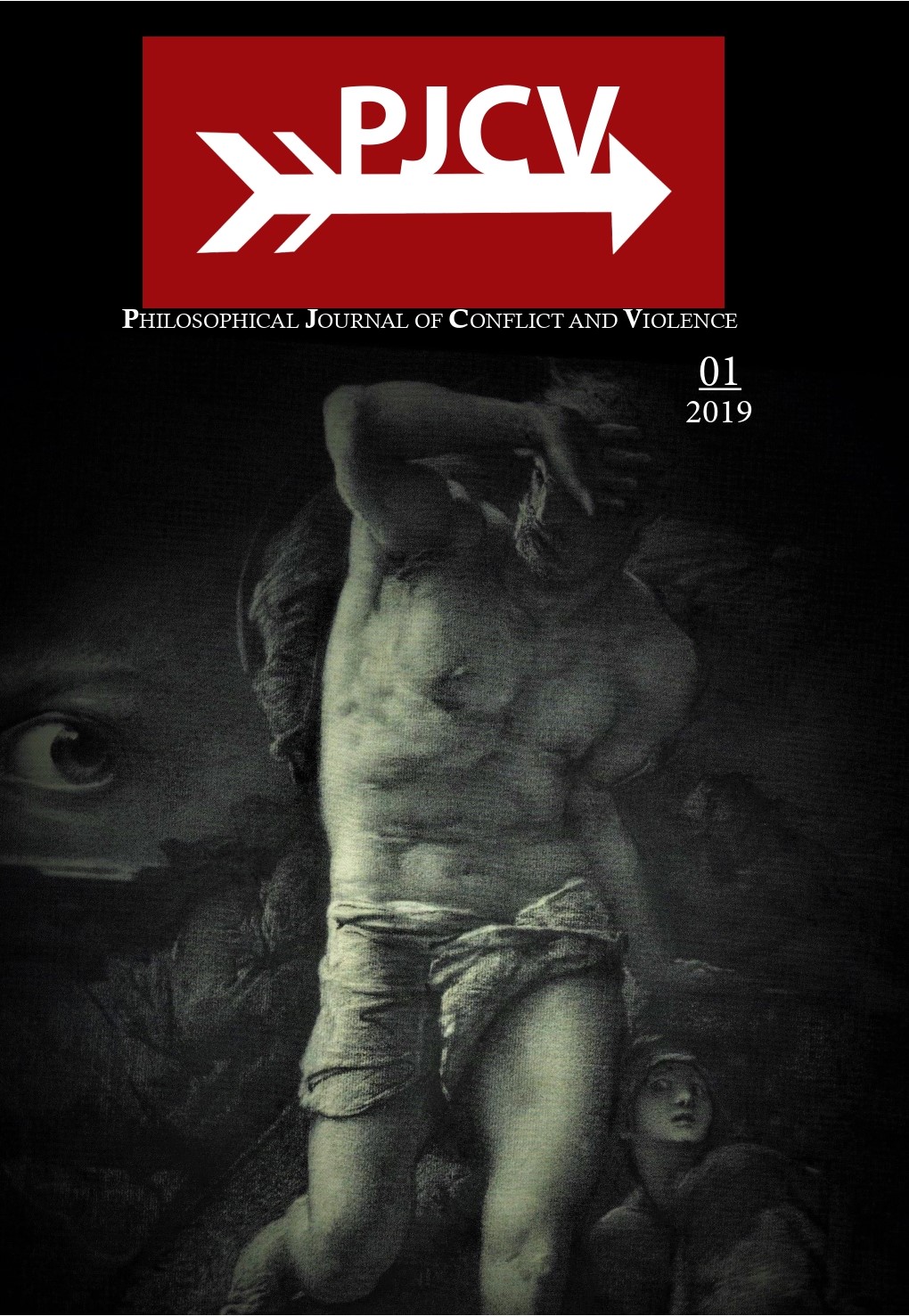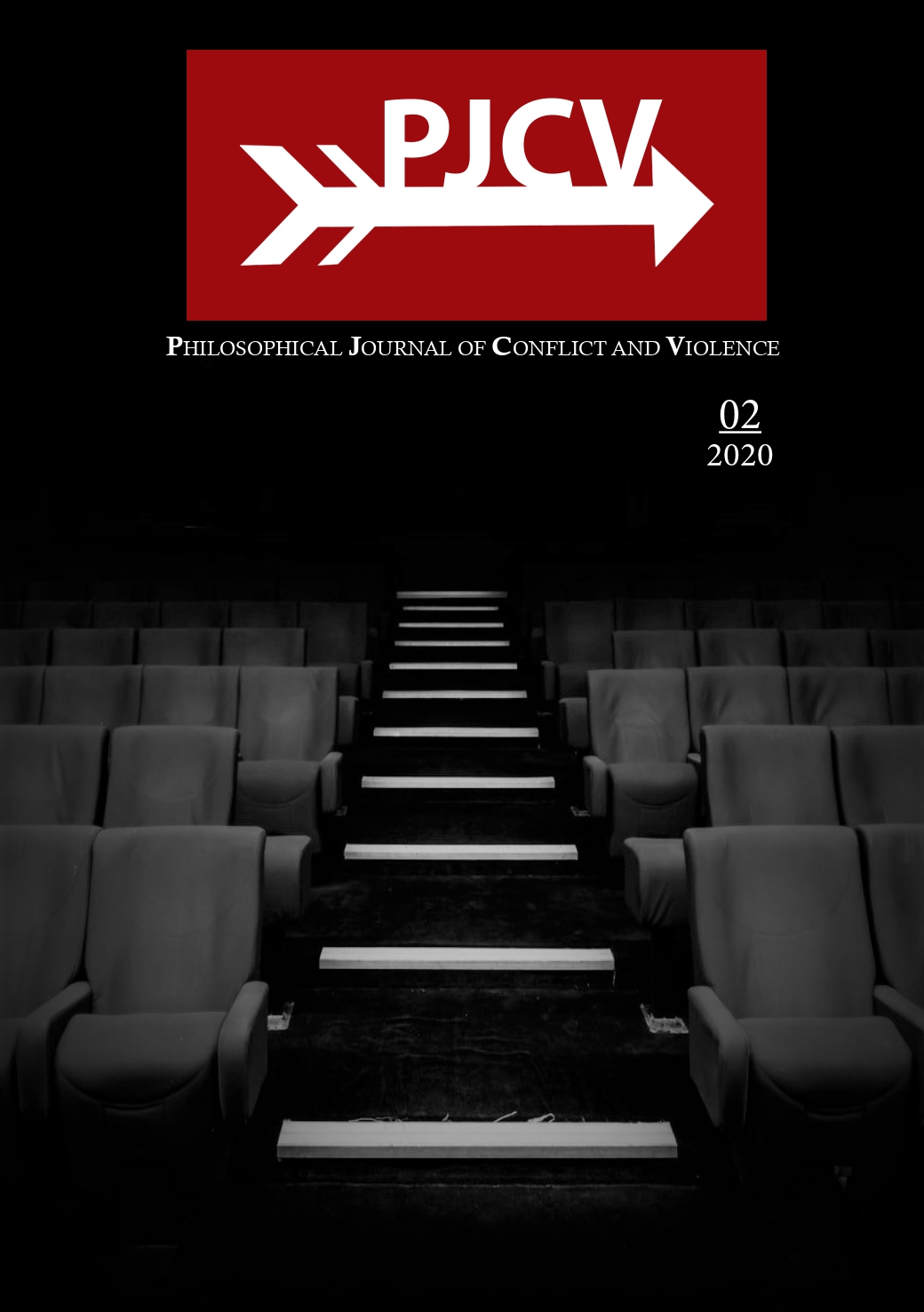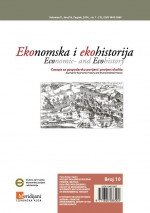
UVOĐENJE STRANIH INVAZIVNIH VRSTA I NJIHOV UTJECAJ NA ZAVIČAJNI EKOSUSTAV : PRIMJER OTOKA MLJETA
In the last hundred years Europe became, whether intentionally or by accident, a home to many invasive alien species that had an extremely negative impact on European biodiversity. This problem of adaptable invasive species was tackled by science only in the recent decades. Scientists estimate that invasive alien species cause damage worth at least €12 billion every year in Europe. That is the reason that the control of their introduction into the native ecosystem has become one of the main objectives of nature protection today. Following the strategic guidelines of the European Union, the Republic of Croatia is deterring invasive species, while the introduction of new alien species into its territory is prohibited. However, based on the assessment of eligibility, it is possible to introduce a certain new type of species that was approved by the Ministry of Environmental and Nature Protection to the Croatian state territory. The preservation and retaining of biological and landscape diversity in Croatia is under the jurisdiction of The State Institute for Nature Protection, which among other things, implements the control of introduction, prevents spreading and eliminates invasive alien species; it proposes measures for the protection of endangered species and habitats, and creates a so-called red list of threatened wildlife species and habitats. In accordance with European and international conventions, present invasive species are planned to be listed in so-called black, grey and white lists or as those whose import is prohibited and those which may be traded without restrictions. For that reason, the Strategy and Action Plan for the Conservation of Biological and Landscape Diversity (2008) for the successful implementation of ecosystem protection in Croatia was approved, and in 2013 new laws on environmental protection and nature conservation were adopted. Within the concept of sustainable development, these laws require that the protection of the environment should provide a complete preservation of environmental quality, biodiversity and landscape diversity, as well as geodiversity, especially of island ecosystems. According to data from the State Institute for Nature Protection, as well as research results from the European International Project DAISIE (Delivering Alien Invasive Species Inventories for Europe), out of ‘100 worst’ invasive species brought to Europe, many are present in Croatia. One of them is the small Indian mongoose (lat. Herpestes auropunctatus), which is also the oldest known example of deliberate introduction of a foreign invasive species to Croatia. Because of the negative impact of the mongoose to the native ecosystem, a mongoose controlling system in Southeast Europe was introduced as recommended by the Council of Europe on the conservation of European wildlife and natural habitats, i.e. the Bern Convention, (Recommendation No. 140). As far as the Croatian territory today, in addition to Mljet, the mongoose is, intentionally or unintentionally widespread on the islands of Korčula, Hvar, Čiovo and Škrda, as well as the Pelješac peninsula, and it has reached the Neretva valley. In the early 20th century, in an attempt to reduce the number of poisonous snakes on the island of Mljet (which was once reputed as the ‘Snake Island’), eleven grey mongooses (seven males and four females) were released. Mongooses were introduced to the area which is now the National Park by the Imperial Royal Ministry of Agriculture from Vienna (k. k. Ackerbauministerium), i.e. Baron Schilling and the Forestry Administration of Mljet (1910). The main objective in doing so was the achievement of a broader concept of forming a protected nature park and a biological station on the island of Mljet, and at the same time to reconstruct the Monastery of Saint Mary on the islet. The realisation of this unique project under Austrian administration was done in attempt to promote tourism on the island of Mljet since it was located near Dubrovnik which was a big tourist destination in the times of humble beginnings of tourism in the province of Dalmatia. Completely changing its initial role as an exterminator of poisonous vipers, this small, resilient and highly reproductive predator, having destroyed the vipers on Mljet – where it was pronounced as ‘manguc’ or called a ‘snake-devourer’, inflicts today great damage to birds’ nests and chicken coops and has also endangered native fauna and disturbed the island’s ecosystem. Little or none has been written about the first European mongooses brought from distant India, about their negative impact on the native fauna of the islands, either within professional or scientific studies. Based on the available documentation, the paper will investigate the problem of introducing alien invasive species into native ecosystems and explore the accompanying legislative and institutional framework for the protection of biological and landscape diversity and combating invasive species. The research is focused on the analysis of the negative impact of the invasive species of mongoose on the ecosystem of the island of Mljet, seen from the perspective of the island’s population. For the purpose of obtaining the opinion of the local inhabitants, field research will be undertaken which will, via a semi- structured interview, apart from asking the inhabitants of Mljet to determine their views regarding the causes and consequences of the mongoose introduction, also inquire about the attempts to repair the damage that the mongoose committed to the environment. The survey, moreover, also intends to establish how deep is the fear of snakes and which stories are still immersed in the collective memory and oral tradition of the islanders. The research results will indicate how familiar the Islanders are about how much harm, which is scientifically proven, comes from their seemingly amiable and unusual cohabitant – the mongoose.
More...
